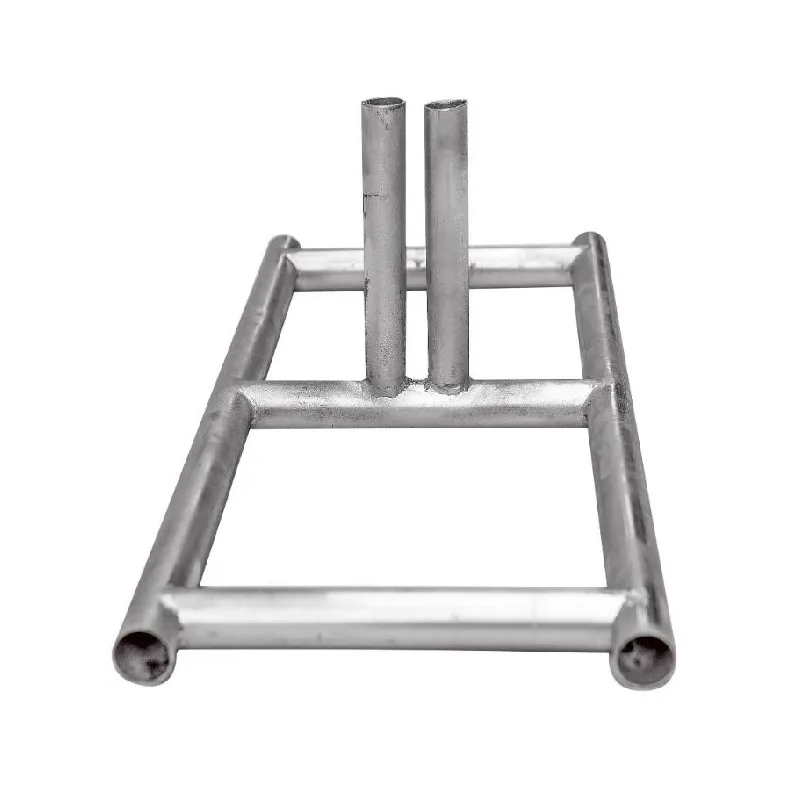
- Afrikaans
- Albanian
- Arabic
- Armenian
- Azerbaijani
- Basque
- Belarusian
- Bengali
- Bosnian
- Bulgarian
- Croatian
- Czech
- Danish
- Dutch
- English
- Esperanto
- Estonian
- Finnish
- French
- Galician
- Georgian
- German
- Greek
- hawaiian
- Hindi
- Hungarian
- Indonesian
- irish
- Italian
- Lao
- Latvian
- Lithuanian
- Luxembourgish
- Macedonian
- Maltese
- Myanmar
- Norwegian
- Polish
- Portuguese
- Romanian
- Russian
- Serbian
- Slovak
- Somali
- Spanish
- Swedish
- Thai
- Turkish
- Turkmen
- Vietnamese
ທ.ວ. . 21, 2024 12:34 Back to list
Creating Effective Gabion Structures for Landscape and Erosion Control Solutions
Building Gabions A Sustainable Solution for Erosion Control and Landscaping
Gabions, which are essentially wire mesh cages filled with rocks, stones, or other materials, have become increasingly popular in landscaping, civil engineering, and environmental management. Originating from the Italian word gabbione, meaning big cage, gabions are not only effective for controlling erosion and managing water flow but also provide an aesthetically pleasing design element in various settings. This article will explore the benefits, construction methods, and applications of gabions.
Benefits of Gabions
One of the most significant advantages of gabions is their versatility. They can be used in a variety of applications, including retaining walls, river bank stabilization, noise barriers, and decorative landscape features. Gabions are particularly effective in preventing soil erosion along riverbanks and shorelines, as their porous structure allows water to flow through, reducing the pressure on the soil and preventing washouts.
Gabions are also an environmentally friendly solution. Since they can be filled with locally sourced materials, they reduce the carbon footprint associated with construction. Furthermore, the use of natural stone promotes biodiversity by providing habitats for small animals and plants. Additionally, gabions can absorb sound, making them ideal for use in urban settings where noise pollution is a concern.
Another benefit is their durability. Gabions are designed to withstand harsh environmental conditions, including floods and severe weather. The materials used in their construction, such as galvanized steel or PVC-coated wire mesh, are resistant to rust and corrosion, ensuring a long lifespan with minimal maintenance.
Construction of Gabions
Building gabions requires careful planning and execution to ensure their effectiveness and durability. Here is a step-by-step guide to constructing gabions
1. Site Selection Choose a location that requires stabilization or a decorative feature. Evaluate the site to determine the most suitable gabion type and size.
2. Design Determine the size and shape of the gabions based on the intended application. Standard dimensions vary, but common sizes include 1m x 1m x 1m units.
building gabions

3. Materials Select high-quality wire mesh and local stones for filling. Ensure that the wire is strong enough to resist deformation under load.
4. Foundation Preparation Clear the area of debris, vegetation, and loose soil. A level base is crucial to prevent sinkage.
5. Assembly Begin by folding the wire mesh into the desired shape of the gabion cage. Secure the corners and edges with ties or clamps.
6. Filling Fill the gabion cages with stones, starting from the bottom and working upwards. Ensure that the stones fit snugly to avoid movement and maintain stability.
7. Closure Once filled, close the top of the gabion cage securely. This step is essential to prevent the contents from spilling out.
8. Placement Position the completed gabions in their intended location. For walls or barriers, ensure they are stacked securely and appropriately to support their weight.
9. Finishing Touches Consider integrating vegetation into or around the gabions for aesthetic appeal and additional erosion control.
Applications of Gabions
Gabions can be applied in a wide range of settings. In landscaping, they serve as decorative walls, seats, and planters. For civil engineering projects, they are used in highway construction for noise reduction and as stabilizers in steep slopes. In conservation projects, gabions play a crucial role in controlling riverbank erosion and protecting habitats.
In conclusion, gabions are a sustainable and versatile solution for various construction and landscaping challenges. Their environmental benefits, durability, and aesthetic appeal make them an excellent choice for those looking to combine functionality with design. As the demand for eco-friendly infrastructure grows, gabions will continue to play a vital role in modern building techniques and landscape design.
-
Your Ultimate Solution for Australian Temporary Fencing
NewsMay.14,2025
-
The Ultimate Guide to Crowd Control Barriers: Secure Your Events with Ease
NewsMay.14,2025
-
Secure Your Livestock with High-Quality Livestock Fence Panels
NewsMay.14,2025
-
Enhance Your Livestock Management with Top-Quality Cattle Fences
NewsMay.14,2025
-
Enhance Security and Safety with Temporary Fencing Solutions
NewsMay.14,2025
-
Corral Gates
NewsMay.14,2025









